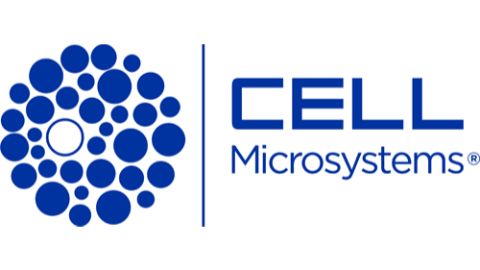Optogenetics on FDSS7000EX: Light-stimulated membrane depolarization in cultured cells expressing channelrhodopsin using a kinetic plate reader

Channelrhodopsin (ChR), an algal protein from Chlamydomonas reinhardtti, is a light-activated cation channel capable of inducing membrane depolarization and can trigger action potentials when it is expressed in excitable cells. Coupling of such optogentic tools with fluorescent-based high-throughput screening (HTS) assays is expected to play a major role in the neural and cardiovascular drug discovery and development. In this study, we incorporated the blue-light stimulation capability to the FDSS 7000EX kinetic plate reader to establish the optogenetic-membrane potential dye assay system.
We developed clonal cell lines that stably express ChR2WR (a chimeric protein of channelrhodopsin 1 and 2; ChR2WR) and ChR2WR with a human voltage-dependent sodium channel (NaV1.5), and a human inward rectifier potassium channel (KCNJ2).
Our optogenetic-membrane potential dye assays using the FDSS 7000EX kinetic plate reader revealed that Depolarization initiated by light-(480 nm) induced ChR2WR activation resulted in Lidocaine-sensitive membrane depolarization. Also responses to 20 repetitive light stimuli were all captured by the FDSS 7000EX plate reader suggesting its applicability for use dependent drug screening. Our report suggests that fluorescence measurements using the FDSS 7000EX kinetic plate reader when it is combined with optogenetic is a useful tool for the HTS.





